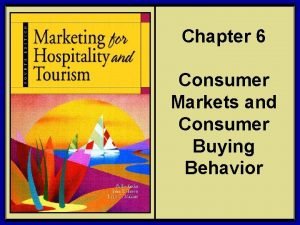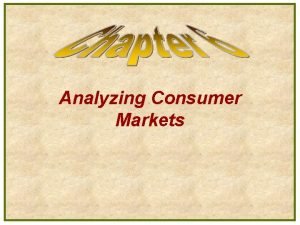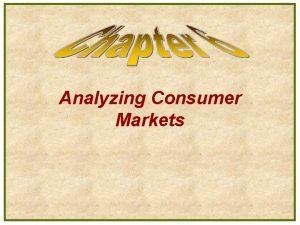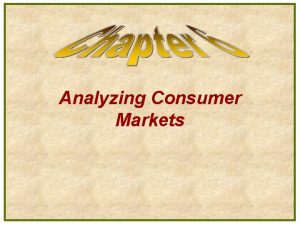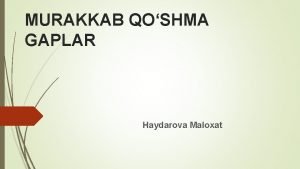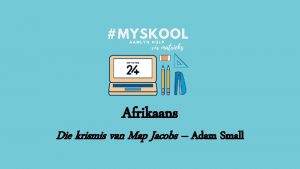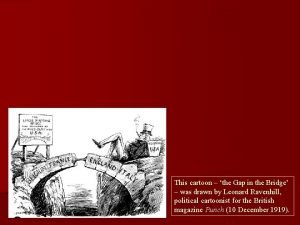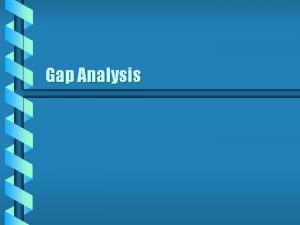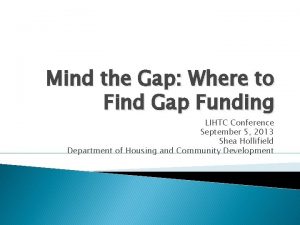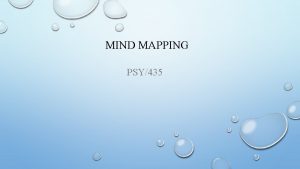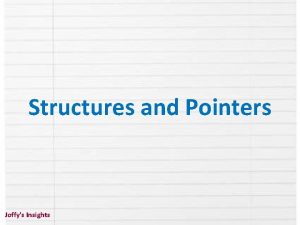Mind the Gap Insights and Future Innovations Arising











- Slides: 11

“Mind the Gap”: Insights and Future Innovations Arising From a Small Development Project into HRM Strategies and Academic Engagement Kathryn Waddington: City University London Julie Lister: University of Westminster k. waddington@city. ac. uk j. lister@wmin. ac. uk J. Marsh (2008) Man on Wire Walking a tightrope? Crossing bridges? Or doing both?

OVERVIEW • Share insights and findings from our small development project • Critically reflect upon the challenges we have faced • Work with perspectives and frameworks from interprofessional practice and organisational neuroscience • Use reflexive processes of thinking and doing • Next steps: identify case studies of innovative collaborations Mindless habitual behaviour is the enemy of innovation Rosabeth Moss Kanter

HRM STRATEGIES AND ACADEMIC ENGAGEMENT: SUMMARY OF MAIN FINDINGS • Perception of HR as part of management armoury • HR valued for its advisory/support role, but this does not translate into strong engagement with the HR strategy • Staff who feel valued and supported are engaged and are more likely to create a positive student experience • Opportunities for innovative interdisciplinary ‘academic-HR practitioner partnerships’ • Limited academic-practitioner crossover in other disciplines/functions

A MINDFUL REFLEXIVE PROCESS critical reflective conversations identifying our assumptions & values thinking and doing challenging and unsettling them exposing our thinking

INTERPROFESSIONAL PRACTICE Professionals from different backgrounds/disciplines interacting to share knowledge, experience, defences, learning and expertise to develop integrated innovative solutions to a range of client/community/social needs (Molloy & Waddington, 2011)

In an interestingly coincidental way the action of cutting edge effective leadership mirrors the principles of co-inquiry and honoring learning derived from lived experience, and is open to diverse ways of thinking Yorks et al. , in Molloy & Waddington (2011: 18)

THE SCARF MODEL © David Rock A framework for interprofessional coaching Social/Organisational Threats Rewards MOVE AWAY FROM THREATS Status Certainty Autonomy Relatedness Fairness MOVE TOWARDS REWARDS

WORK IN MIXED GROUPS OF 2 s/3 s • Groundrules! • Reflect on situations/triggers/people that cause threat responses and avoidance behaviours in yourself and others • What are you assuming and how can it be challenged? • What aspects of the SCARF model do you need to pay most attention to to unlock learning? • What one thing will you do differently after this workshop?

http: //www. edbatista. com/2010/03/scarf. html How can leaders and practitioners use the SCARF model? As a self-awareness tool, paying mindful attention to situations/triggers/people that cause threat responses and avoidance behaviours. In personal and executive coaching, e. g. by giving regular +ve feedback, seeing things from other perspectives, understanding responses to threat and change.

THANK YOU! NEXT STEPS Invitation to identify case studies and examples of innovative academic-practitioner collaborations in your HEIs?

KEY REFERENCES • Molloy, K. & Waddington, K. (2011). Learning about leadership through critical reflection and practitioner-academic co-inquiry. European Work and Organizational Psychology in Practice. 4: 18 -39. Available at: http: //www. eawop. org/ckeditor_assets/attachments/92/ewopinpractic e_issue 4_2011. pdf? 1324672256 • Rock, D. (2008). SCARF: A brain-based model for collaborating with and influencing others. Neuro. Leadership. 1: 1 -9. Available at: http: //www. davidrock. net/files/NLJ_SCARFUS. pdf • Waddington, K. & Lister, J. (2010). HRM Strategies and Academic Engagement. Full Report at: http: //www. lfhe. ac. uk/en/researchresources/commissioned-projects/small-developmentprojects/sdp 200809/city-po. cfm
 Future perfect and future continuous examples
Future perfect and future continuous examples Future continuous and future perfect
Future continuous and future perfect Changes in an individual's behavior arising from experience
Changes in an individual's behavior arising from experience Chapter 5 consumer markets and buyer behavior
Chapter 5 consumer markets and buyer behavior Changes in an individual's behavior arising from experience
Changes in an individual's behavior arising from experience Analyzing consumer markets
Analyzing consumer markets Changes in an individual's behavior arising from experience
Changes in an individual's behavior arising from experience Reinforcement schedule types
Reinforcement schedule types To be gaplarni bosh gapga bog'lovchi vosita
To be gaplarni bosh gapga bog'lovchi vosita Specification gap is gap between
Specification gap is gap between Map jacobs karakter ontwikkeling
Map jacobs karakter ontwikkeling League of nations the gap in the bridge
League of nations the gap in the bridge




